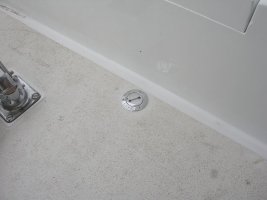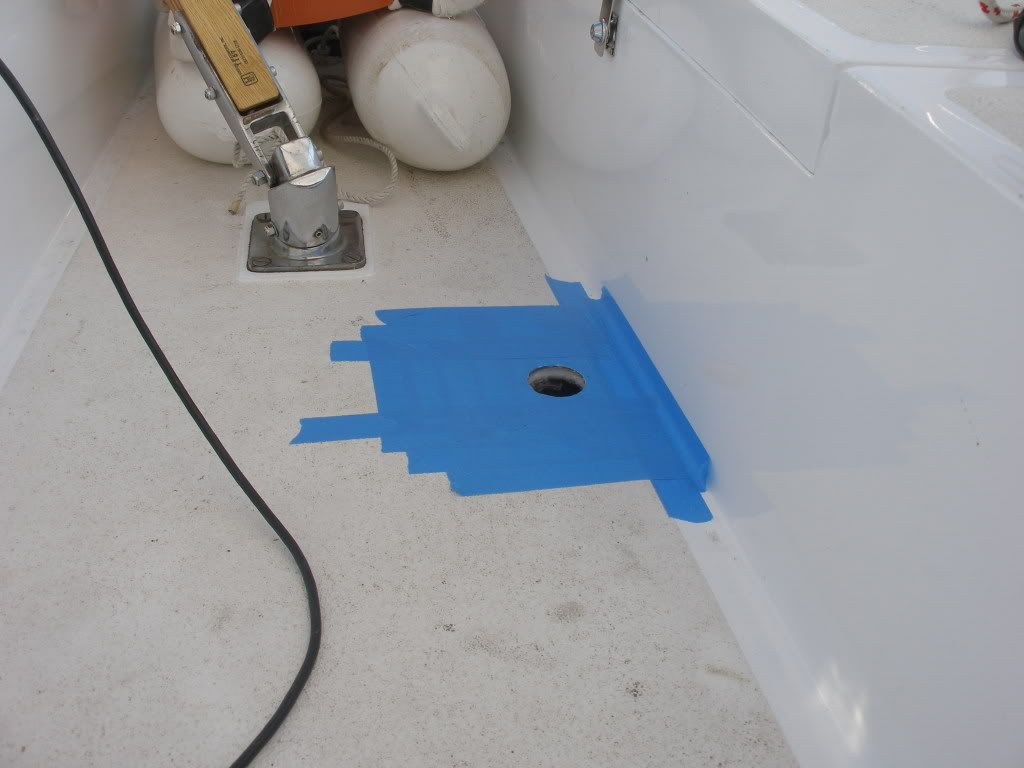I am the proud new owner of a '73 Ericson 27. Of course there is a rather lengthy list of upgrades, repairs and general maintenance needed.
First on my list is probably the most involved project needed on the boat. The deck floor in the cockpit area - from the collar area around the tiller (not sure of the actual name of that piece) to the area leading to the companionway is rather spongy. I done a far amount of research regarding core rot and replacement and believe I'm up for the task.
I have a few questions for anyone who may have tackled such a project.
First, the area is accessible from below (although, a rather tight area to work). Would it make sense to cut this area out from below, clean it out, apply the foam core and re-glass the area below? I guess the advantage here would be that I'm not dealing with the waffle non-skid area above. The downside is the working area is so tight.
Second, if I work from the top instead, I would have the cut away the skin with the waffle non-skid. Since I'm not removing the entire cockpit floor, would it make sense to grind out the remaining waffle non-skid so it's smooth like the repaired area and then paint the entire cockpit deck with non-skid paint?
If anyone has any experience with this type of repair, your insight is greatly appreciated.
Thanks!
Matt
First on my list is probably the most involved project needed on the boat. The deck floor in the cockpit area - from the collar area around the tiller (not sure of the actual name of that piece) to the area leading to the companionway is rather spongy. I done a far amount of research regarding core rot and replacement and believe I'm up for the task.
I have a few questions for anyone who may have tackled such a project.
First, the area is accessible from below (although, a rather tight area to work). Would it make sense to cut this area out from below, clean it out, apply the foam core and re-glass the area below? I guess the advantage here would be that I'm not dealing with the waffle non-skid area above. The downside is the working area is so tight.
Second, if I work from the top instead, I would have the cut away the skin with the waffle non-skid. Since I'm not removing the entire cockpit floor, would it make sense to grind out the remaining waffle non-skid so it's smooth like the repaired area and then paint the entire cockpit deck with non-skid paint?
If anyone has any experience with this type of repair, your insight is greatly appreciated.
Thanks!
Matt

 Oh, and to make it as realistic as possible, put on your respirator, face shield, earplugs, gloves and tyvek suit!
Oh, and to make it as realistic as possible, put on your respirator, face shield, earplugs, gloves and tyvek suit!
